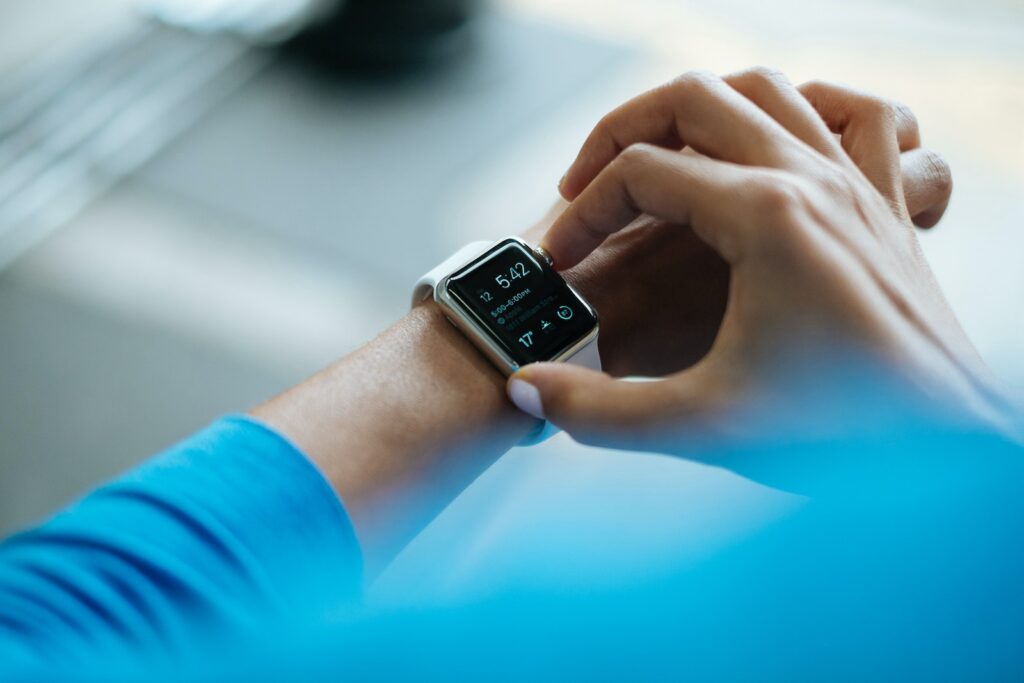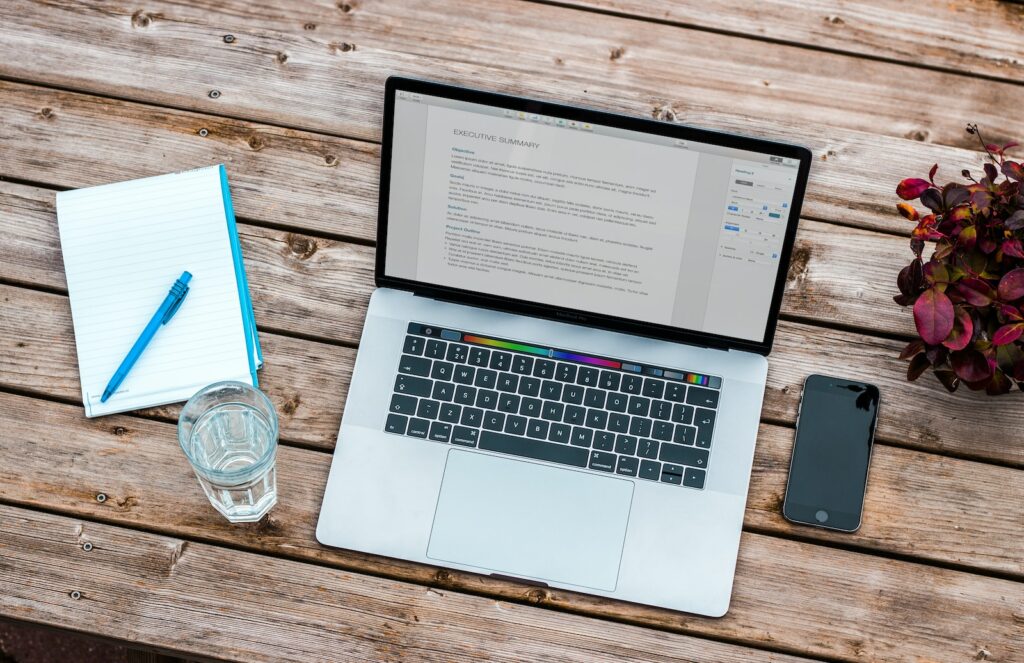Establishing a dedicated workspace is fundamental for anyone looking to enhance productivity, especially in a remote or hybrid work environment. A well-defined workspace not only signals to your brain that it’s time to work but also helps to separate professional tasks from personal life. This physical demarcation can be as simple as a specific corner of a room or as elaborate as a fully equipped home office.
The key is to ensure that this space is free from distractions and conducive to focus. For instance, if you have the luxury of an entire room, consider investing in ergonomic furniture that promotes comfort during long hours of work. A desk that accommodates your height and a chair that supports your back can significantly improve your overall work experience.
Moreover, the aesthetics of your workspace can play a crucial role in your motivation and creativity. Personalizing your area with items that inspire you—such as artwork, plants, or motivational quotes—can create an inviting atmosphere. Natural light is another important factor; studies have shown that exposure to daylight can enhance mood and energy levels.
If possible, position your desk near a window or invest in good-quality lighting that mimics natural light. By creating a dedicated workspace that reflects your personality and meets your functional needs, you set the stage for increased productivity and a more enjoyable work experience.
Key Takeaways
- Creating a dedicated workspace is essential for productivity and focus.
- Establishing a routine helps to maintain structure and consistency in remote work.
- Setting clear boundaries between work and personal life is crucial for maintaining a healthy work-life balance.
- Utilizing time management techniques such as to-do lists and prioritization can help in managing workload effectively.
- Minimizing distractions by creating a quiet and organized work environment is important for concentration and efficiency.
Establishing a Routine
Establishing a routine is essential for maintaining consistency and focus in your work life. A well-structured daily schedule can help you manage your time effectively, ensuring that you allocate sufficient hours for both work and personal activities. Start by identifying your peak productivity hours—those times when you feel most alert and focused—and schedule your most challenging tasks during these periods.
For example, if you find that you are most productive in the morning, reserve this time for deep work, such as project planning or complex problem-solving. Conversely, use the afternoon for less demanding tasks like responding to emails or attending meetings. In addition to task scheduling, incorporating rituals into your routine can enhance your overall work experience.
Such rituals not only help to center your mind but also signal the beginning of the workday. Furthermore, consistency in your routine can lead to improved mental health; knowing what to expect each day reduces anxiety and fosters a sense of control over your environment.
By establishing a routine that aligns with your natural rhythms and preferences, you create a framework that supports sustained productivity.
Setting Clear Boundaries
Setting clear boundaries is crucial for maintaining a healthy work-life balance, particularly when working from home. Without physical separation between work and personal life, it can be easy to let work spill over into personal time, leading to burnout and decreased job satisfaction. To combat this, it’s important to communicate your working hours to family members or housemates, ensuring they understand when you are unavailable for social interactions or household responsibilities.
This not only helps you stay focused during work hours but also allows others to respect your time. In addition to external boundaries, internal boundaries are equally important. This involves creating mental distinctions between work and leisure time.
For instance, once your workday is over, make it a habit to shut down your computer and step away from your workspace. Engaging in activities that signal the end of the workday—such as going for a walk or practicing a hobby—can help reinforce this boundary. By consciously setting and maintaining these boundaries, you cultivate an environment where both work and personal life can thrive without encroaching on one another.
Utilizing Time Management Techniques
Effective time management techniques are vital for maximizing productivity and ensuring that tasks are completed efficiently. One popular method is the Pomodoro Technique, which involves working in focused bursts of 25 minutes followed by a 5-minute break. This approach not only helps maintain concentration but also prevents mental fatigue by allowing regular intervals for rest.
After completing four Pomodoros, you can take a longer break of 15-30 minutes, which can rejuvenate your mind and enhance overall productivity. Another effective technique is the Eisenhower Matrix, which helps prioritize tasks based on urgency and importance. By categorizing tasks into four quadrants—urgent and important, important but not urgent, urgent but not important, and neither urgent nor important—you can focus on what truly matters while delegating or eliminating less critical tasks.
This method encourages strategic thinking about how to allocate your time effectively, ensuring that you are not just busy but productive in achieving your goals.
Minimizing Distractions
In today’s hyper-connected world, distractions are ubiquitous and can significantly hinder productivity. Identifying and minimizing these distractions is essential for maintaining focus during work hours. One effective strategy is to create a distraction-free environment by decluttering your workspace and removing items that may divert your attention.
For instance, if you find yourself frequently checking social media or browsing the internet during work hours, consider using website blockers or apps designed to limit access to distracting sites during designated work periods. Additionally, managing notifications on your devices can greatly reduce interruptions. Turning off non-essential notifications on your phone and computer allows you to concentrate on the task at hand without constant disruptions.
Establishing specific times to check emails or messages can also help maintain focus; instead of responding immediately to every notification, allocate dedicated time slots throughout the day for communication tasks. By proactively minimizing distractions, you create an environment that fosters deep work and enhances overall productivity.
Incorporating Regular Breaks
Incorporating regular breaks into your workday is essential for sustaining energy levels and maintaining productivity over time. Research has shown that taking short breaks can improve focus and cognitive function, allowing individuals to return to their tasks with renewed vigor. A common approach is the 52/17 rule, which suggests working for 52 minutes followed by a 17-minute break.
This method encourages sustained concentration while providing ample opportunity for rest and rejuvenation. During breaks, it’s beneficial to engage in activities that promote physical movement or mental relaxation. Stretching exercises or short walks can help alleviate physical tension accumulated from prolonged sitting, while mindfulness practices such as deep breathing or meditation can clear mental clutter.
These breaks not only serve as a reset for your mind but also contribute to overall well-being by reducing stress levels. By prioritizing regular breaks throughout the day, you enhance both productivity and health.
Implementing Technology Tools
In an increasingly digital world, leveraging technology tools can significantly enhance productivity and streamline workflows. Project management software such as Trello or Asana allows teams to collaborate effectively by organizing tasks, setting deadlines, and tracking progress in real-time. These platforms facilitate transparency within teams and ensure everyone is aligned on project goals and timelines.
Additionally, communication tools like Slack or Microsoft Teams enable seamless interaction among team members, regardless of their physical location. These platforms support instant messaging, video calls, and file sharing, fostering collaboration even when working remotely. Integrating these technology tools into daily workflows not only enhances efficiency but also promotes a culture of collaboration and accountability within teams.
Prioritizing Communication and Collaboration
Effective communication and collaboration are cornerstones of successful teamwork, particularly in remote settings where face-to-face interactions are limited. Establishing regular check-ins—whether through video calls or team meetings—ensures that everyone remains informed about project developments and individual responsibilities. These meetings provide an opportunity for team members to share updates, address challenges, and brainstorm solutions collectively.
Moreover, fostering an open communication culture encourages team members to voice their ideas and concerns freely. Utilizing collaborative tools such as Google Workspace allows multiple users to edit documents simultaneously, facilitating real-time feedback and input from all team members. This collaborative approach not only enhances creativity but also strengthens team cohesion by promoting shared ownership of projects.
By prioritizing communication and collaboration within teams, organizations can navigate challenges more effectively while fostering an environment of trust and support among team members.
FAQs
What are some effective work-from-home productivity hacks for remote employees?
Some effective work-from-home productivity hacks for remote employees include setting up a designated workspace, establishing a routine, taking regular breaks, minimizing distractions, and using productivity tools and apps.
How can setting up a designated workspace improve productivity for remote employees?
Setting up a designated workspace can improve productivity for remote employees by creating a dedicated area for work, minimizing distractions, and signaling to the brain that it’s time to focus.
Why is establishing a routine important for remote employees?
Establishing a routine is important for remote employees because it helps create structure, sets expectations for work hours, and can improve time management and productivity.
What are some effective ways for remote employees to take regular breaks?
Some effective ways for remote employees to take regular breaks include using the Pomodoro Technique, scheduling short walks or stretching sessions, and taking time for a proper lunch break away from the workspace.
How can remote employees minimize distractions while working from home?
Remote employees can minimize distractions while working from home by setting boundaries with family members or housemates, using noise-cancelling headphones, and utilizing tools to block distracting websites or notifications.
What are some recommended productivity tools and apps for remote employees?
Recommended productivity tools and apps for remote employees include project management software like Trello or Asana, communication tools like Slack or Microsoft Teams, time tracking apps, and focus-boosting apps like Forest or Freedom.





